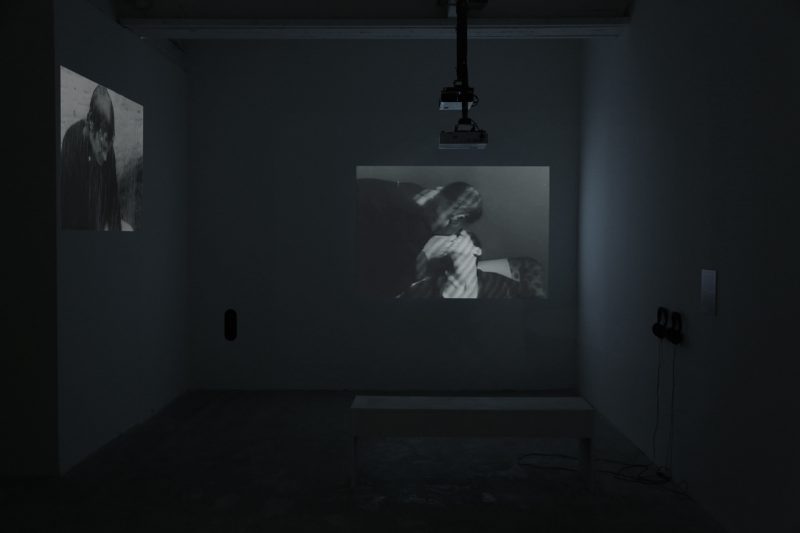This exhibition takes as its core an historical installation by French artist Guy de Cointet (1934-1980), Ethiopia, from 1976. De Cointet had moved to Los Angeles in 1968 where he developed his practice using visual encodings in drawings, texts and props for theater performances, which also featured a number of absurd learning devices. Space Edits therefore explores past and recent works in which the mechanics of language circulate within and extend into space, activating the connections between reading and inhabiting. The different artists featured in this exhibition make use of processes that embed language into visual art, through forms of encodings; distorted spoken games or spatial layouts; and through the materiality of printed text, verbal protocols, sculpture, films and performance.
The continuous exchanges between the verbal and the visual result from two historical facts. The first looks at how poetry subverted the mechanisms of meaning and by doing so highlighted a rift between language and meaning. Before the advent of Surrealism propelled a wide range of experimental practices in literature and art, the radical assessment of the materiality of language was engaged by Stéphane Mallarmé (1842-1898) in his seminal poem A Throw of the Dice Will Never Abolish Chance (1897). By shifting the borders between the text, the score, and the image, Mallarmé inspired many practices, like those of the artist Marcel
Broodthaers (1924-1976) who translated Mallarmé's poem into an abstract composition or Vito Acconci (1940-2017) whose walks and performances literally extended the page of his poetry into real space.
The second historical fact was the recourse to language that occurred in the 1960s as a form of resistance to the commodification of the art object. David Hammons echoes the legacy of Marcel Duchamp (1887-1968) with The Old Testament (2002) where he transforms Duchamp’s Catalogue Raisonné into everlasting data. The initial resistance to the market that resulted in the production of immaterial works has nevertheless withered since and is emphasized by Claude Closky’s critical work entitled Words of Value Dictionary (2011) , which records the auction rates of artists’ works in which words are the main or only element.
A number of artworks in the show use typography as a flexible material – akin to the cut-up techniques of the Beat Generation, while others employ the voice as a way to channel meaning in and out of the body. Many of them draw shared spaces, leaking out of their actual space to invade the imaginary with political and poetical aims. The exhibition also reminds us that art cannot be reduced to questions of taste or “correct” ideological positions. The process of interpretation is understood here as an active understanding of art that doesn’t limit itself to explanation but one that demands that the viewer takes risks and speculates, allows for playfulness and inventiveness, but also includes and assesses the constructive qualities of uncertainty.
“ The creative act is not performed by the artist alone; the spectator brings the work in contact with the external world by deciphering and interpreting its inner qualifications and thus adds his contribution to the creative act .”
Marcel Duchamp.
Space Edits is curated by Marie Muracciole.
Artists: vito acconci · richard artschwager · nairy baghramian · janette laverrière · marcel broodthaers · william s. burroughs · guy de cointet · robert wilhite · claude closky · baris dogrusöz · gheith al amine · jean-pascal flavien · david hammons · iman issa · nesrine khodr · ali meer · pallavi paul · ieva saudargaité douaihi · natascha sadr haghighian · nicholas bussmann · roy samaha
